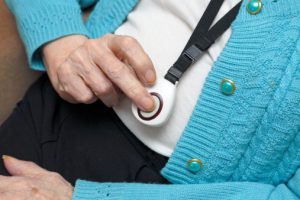
Muscle loss for those between the ages of 40 and 80 ranges from 30 to 60 percent and is associated with disability, sickness and death. Unfortunately, there are no universal guidelines to diagnose a person with sarcopenia and thus reduce their risk.
Lead author, Dr. Michael Clynes, said, “All of these definitions recognize that measuring muscle mass in isolation is inadequate and a measure of muscle function is also required, but there are differences in how function is assessed. Due to these differences, an individual may receive different diagnosis depending on how he or she is assessed. This is important because the better we can identify sarcopenia, the more insight we have into the health issues and risks patients face.”
Researchers analyzed a group of elderly adults using the three definitions of sarcopenia, along with dysmobility syndrome criteria, to determine how different diagnoses correspond to the prevalence of falls and fractures.
The definition provided by the International Working Group on Sarcopenia identified the most cases of sarcopenia and was linked with higher numbers of falls and fractures.
This association was not clear when using the definition provided by the European Working Group for Sarcopenia in Older people or the Foundation for the National Institutes of Health Sarcopenia Project.
Dysmobility syndrome was common and corresponded to higher numbers of falls but not an increase in fractures.
Dr. Clynes added, “The IWGS definition of sarcopenia appears to be an effective means of identifying individuals at risk of adverse musculoskeletal events, such as falls and fracture. The findings enable us to more effectively predict those at increased risk of falls and fractures. By defining sarcopenia, health care professionals can target treatment to at-risk individuals.”
Professor Cyrus Cooper from the university added, “Such international collaborations highlight the value of our unique cohort resources in revealing the causes and generating preventive strategies against musculoskeletal ageing.”
The findings were published in Calcified Tissue.
Also read: Knee buckling treatment reduces falls in older adults